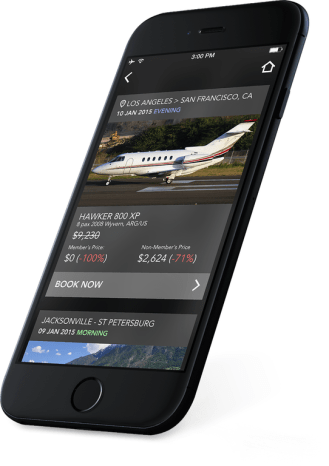Welcome to My PureTech
Your info arena to get all happenings in the world of technology!
29 September 2015
Aussie woman sends ‘robot’ to queue for new iPhone
02 August 2015
{Photo} Hold That Thought! Researchers Learning to Read Minds
The patients wore electrodes that recorded their brain activity when listening to spoken words. Later, the team studied which types of brain activity correlated with aspects of speech like frequency and rhythm. With this data and some specialized software, they were able to reconstruct some of the sounds the patients heard.
{Photo} Wearable Smartphone: Bracelet Projects Screens onto Arms
The 'magic' iPhone case that repairs itself
Are you always dropping your iPhone? What if there is a way to make all the scratches disappear on their own?
28 July 2015
With $20M In The Bank, JetSmarter Is Building The Uber Of The Skies
24 July 2015
Contactless payment cards 'put millions at risk of fraud'
Cheap card-reading technology that is easily available online can be used to swipe details from contactless cards, warns Which?
22 June 2015
[PHOTO] Drone Helps Seize Ton Of Heroin From Smugglers Bound For Tanzania
Drones deployed from a U.K. Royal Navy warship helped intercept nearly a ton
of heroin being transported by smugglers en route to Tanzania in the Indian
Ocean, WestBriton reports.
The 981-kilogram stash is worth an estimated 26.5 million pounds ($42 million
US), DailyEcho reported. Its street value is much higher — 98 million pounds
($155 million US). If distributed, it would have made an estimated 3 million
individual doses, according to WestBriton.
Cheap heroin is abundant in Dar es Salaam — as little as $1 a dose, according
to an AlJazeera report. Heroin use has surged in the U.S. and elsewhere around
the world in recent years.
There are more than 500,000 heroin users in East Africa, according to the
U.N. Office on Drugs and Crime, AlJazeera reports. Up to 60 percent of
them may live in Tanzania, the U.N. believes, with a heavy concentration in the
port city of Dar es Salaam. That’s where popular Indian Ocean drug trade
routes make landfall.
The Portsmouth-based warship used ScanEagle drones of 700X Naval Air
Squadron to fly undetected above the smugglers, monitor activity and pass
information back and forth to commanders.
Teams from Australia and New Zealand boarded six boats carrying heroin off
the east coast of Africa and seized their cargoes. The result was a series of
drug busts in the Indian Ocean.
The international task force was formed to do drug-smuggling patrols
and counter-terrorism. It included British frigate HMS Richmond.
“The team on board HMS Richmond has spent many hours scouring the seas
for potential smugglers,” said Culdrose commanding officer Capt. Adrian
Orchard, WestBriton reports. “It has been a painstaking operation, but the huge
amount of drugs captured by the task force is a great result.”
The HMS Richmond and its 200 sailors and Royal Marines played a vital role in
the seizures, Commanding Officer Mark Anderson said in the DailyEcho.
“Richmond has played her part in disrupting the narcotics supply routes via
Africa into Europe and the U.K., working with France, Australia, New Zealand
and Tanzanian authorities.
“It’s a unique thing the Royal Navy can do, deploying thousands of miles from
home, working side-by-side with regional allies and having a direct impact on
the supply of narcotics into the UK.”
The scan eagle drone is a small, cheap, long-endurance unmanned aerial
vehicle built by U.S. company Insitu, a subsidiary of Boeing, , according to the
Canadian American Strategic Review . It evolved from another Insitu drone,
SeaScan, a commercial drone that was intended for fish spotting. The
technology has been used for surveillance in the battlefield since 2004 in the
Iraq War.
Source: afkinsider


